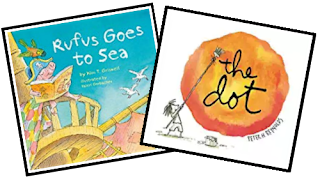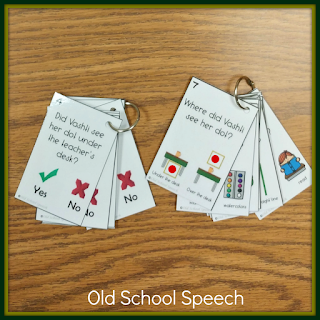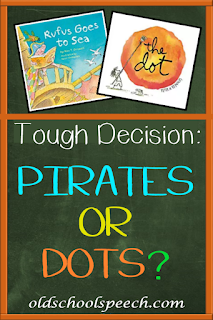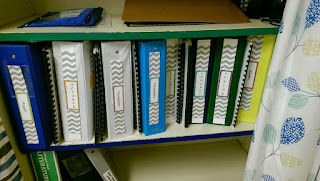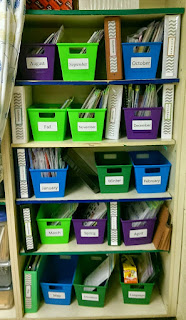A Feeling of Independence
Personally, I prefer the picture with a word. I've used Super Duper's cards for most of my career, at least since the company is been in existence. I appreciate the target sound being in red ink. I use that to talk about where in the word the target is. An added plus is that it helps the student with their reading. We will tap out the word like they learned in the classroom to determine which position their sound is. With the /r/, we look at the letter before the 'r' to determine if they should anchor their tongues for a beautiful vocalic /r/. For homework with the older students, many times I will have them write the words they didn't produce correctly and take that home for homework. When the word is on the card they can copy it onto the homework sheet. This gives them a bit of a feeling of independence and doesn't make them feel less than adequate because I don't have to spell the word for them.Avoiding "Robot Speech"
Once the student is on the sentence level, I don't want dependence on a written sentence. I want spontaneous responses in the student's own voice. I use Smarty Ears Articulate It! with my Quick Speech students. When they are on the sentence level I don't change the level; I want them to make up the sentence. If the student is not a fluent reader, having the written sentence under the picture may hinder the sentence being spontaneous. Likewise, if the student is a non-reader, there may also be some difficulty with being able to repeat sentences. I tell the student to say the sentence "like it's one big long word" to avoid "robot speech".When a younger student first begins on the sentence level, I will say, "Tell me something about a _____." If the target word isn't used, then I will model their sentence and insert the target word. It usually only takes a couple of trials for the concept to be understood. Then if the word is left out of the sentence I will say, "I didn't hear _____" and the sentence is produced using the target. This is how I've done it for years and it works for me.
Where Repeating Sentences Appears
After the student is proficient at making up his own sentences I will throw in having him repeat sentences after me. This works especially well with my /r/ students. I have a book that I had to buy for undergrad that has sentences for every sound and every combination of sounds. The /r/ section includes sentences with multiple /r/ and /w/ sounds within a sentence. Once they are proficient with those I know we can almost say the sound is mastered.I have friends who will begin the sentence level by generating the sentences for them at first; that's what works for them. Just to test this out, I had a student say his own sentences during Quick Speech. When he said his own sentences he averaged just above 90% accuracy. When I used the sentences provided by Smarty Ears, it dropped to around 75% accuracy.
As I said: To each his own! It's not that one is right and one is not right, it's what works best for us. Which is your preference: words, pictures, sentences, or all of the above on articulation cards?
- Get a full run-down on the steps I use during articulation therapy in this post.
- Mommy Speech Therapy explains her process in this blog post.
- Caroline Bowen explains Traditional Therapy in this article; she includes a slideshow for further demonstration.
- Speech and Language Kids provides suggestions for choosing the appropriate speech therapy process here.



